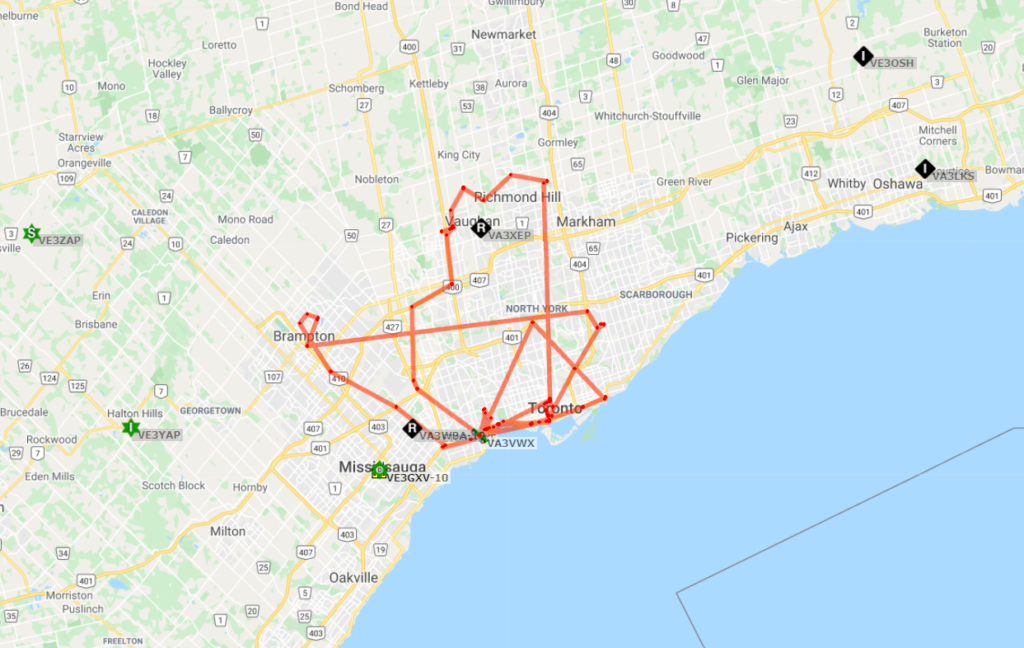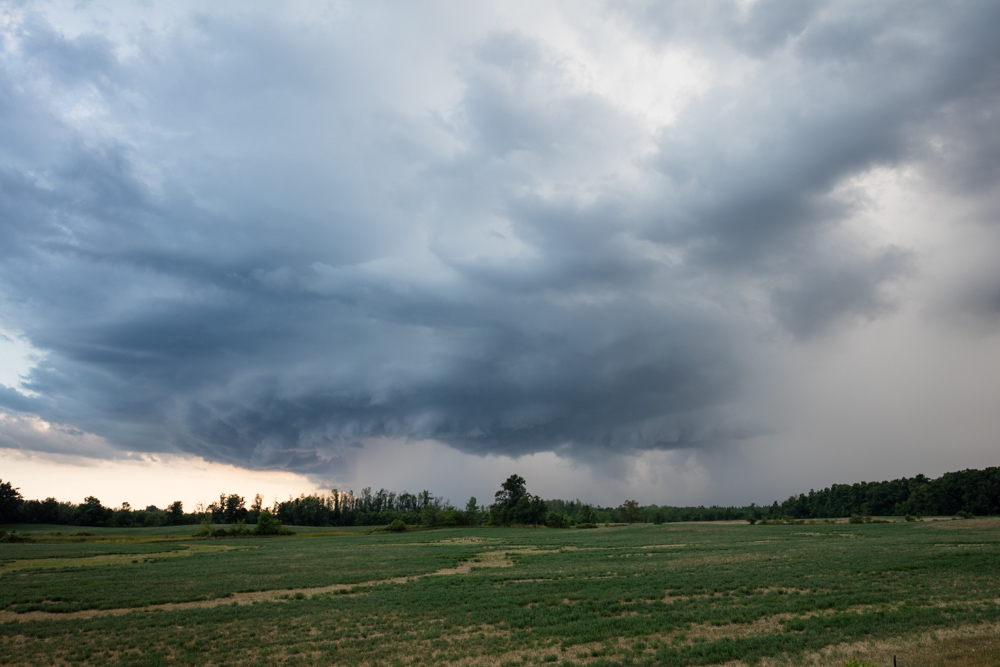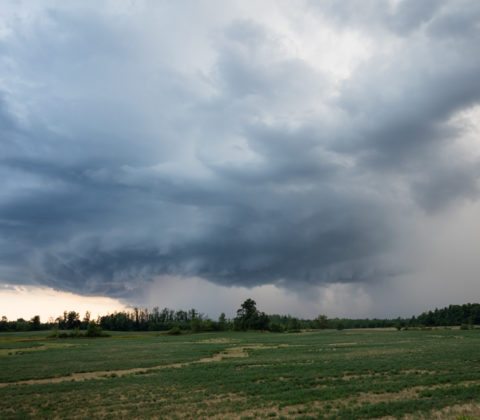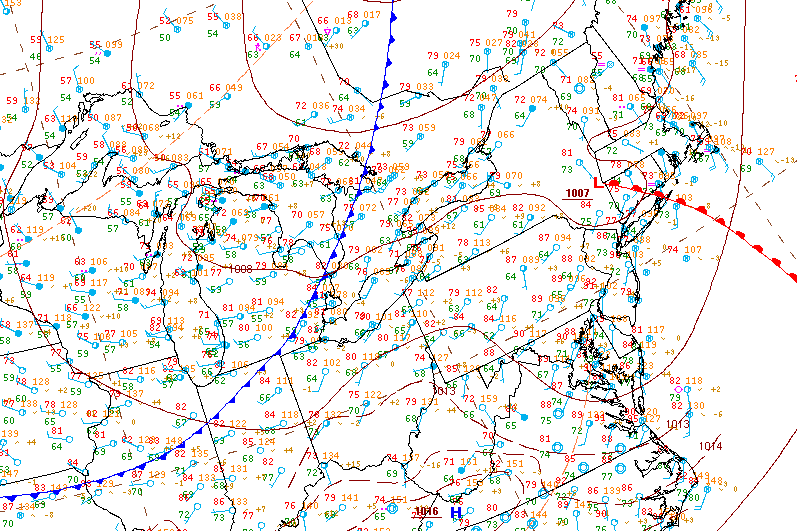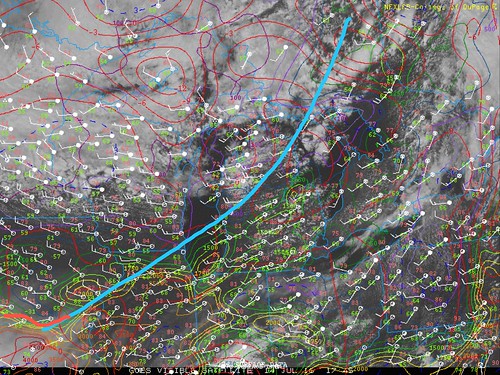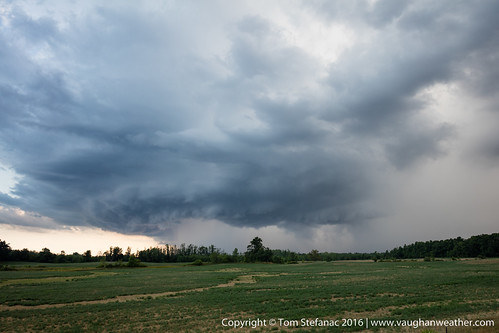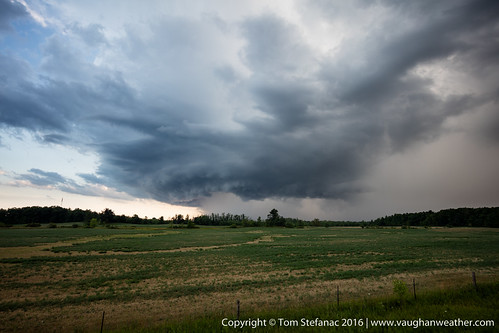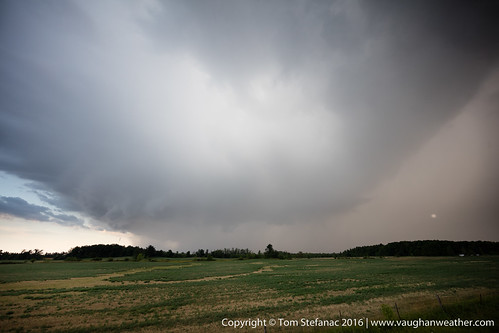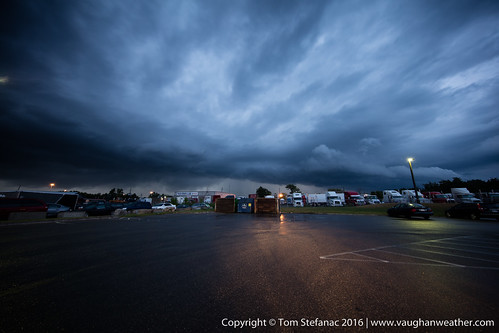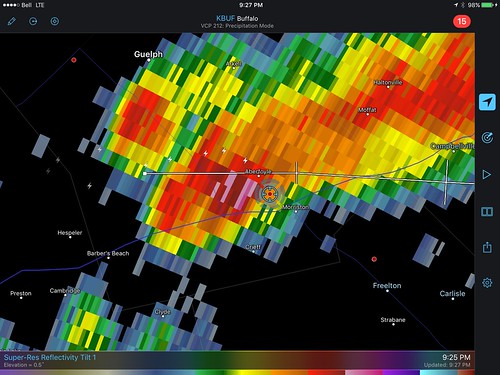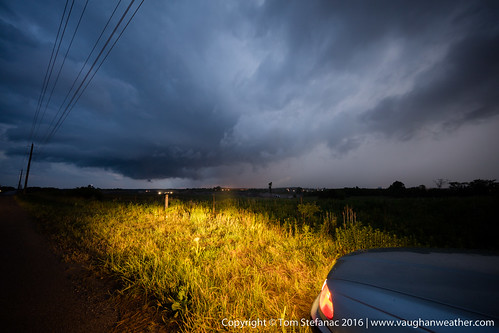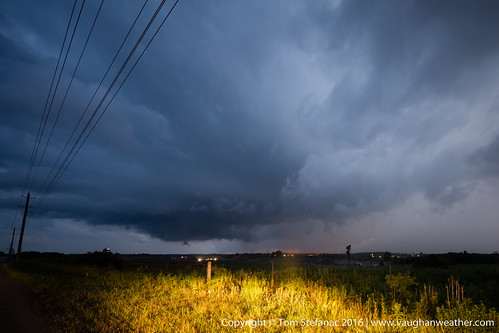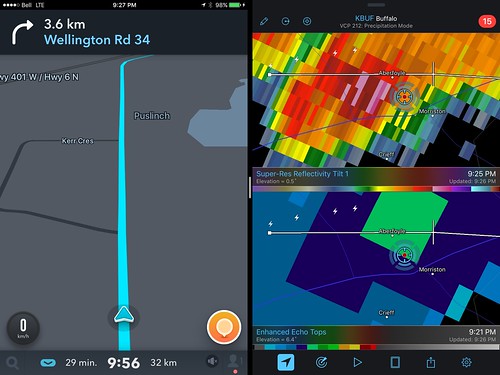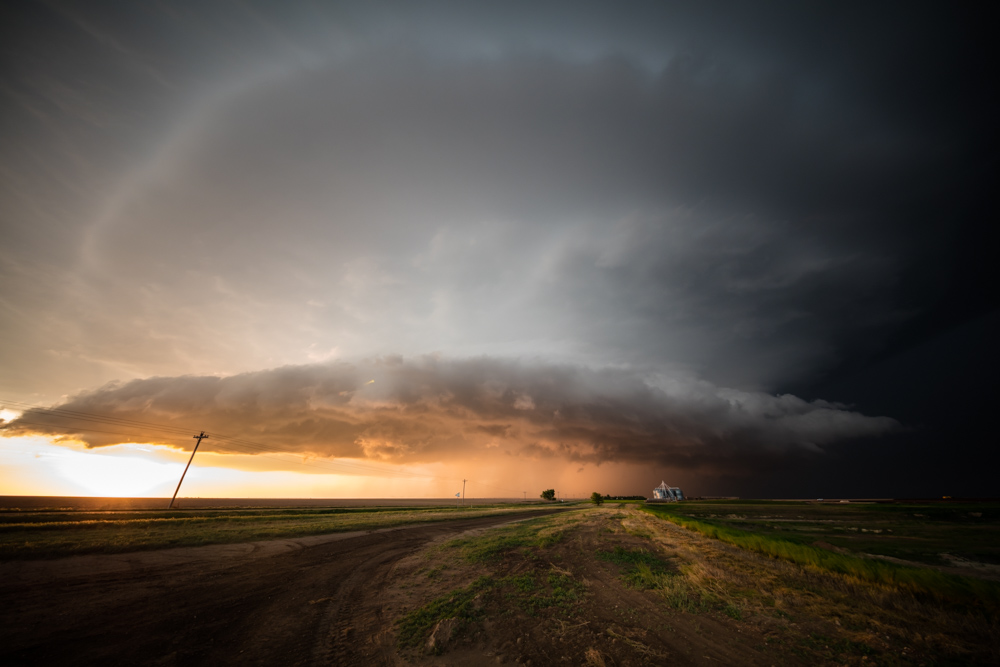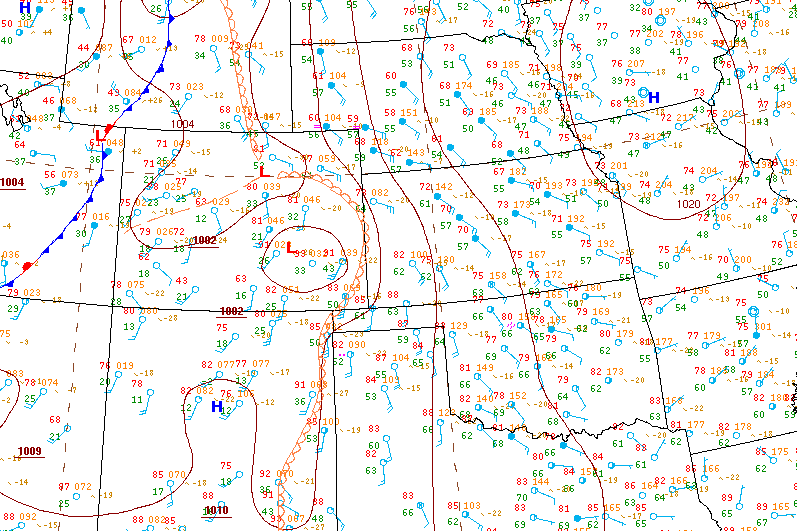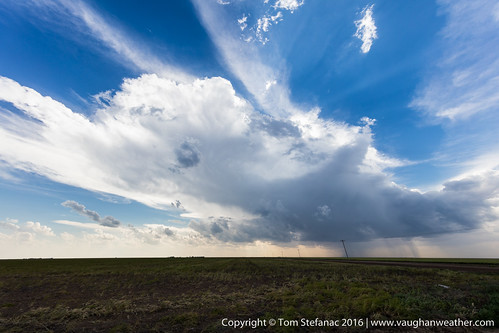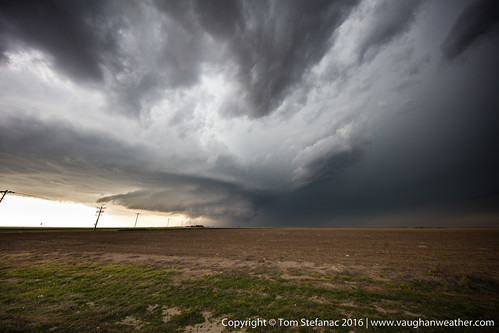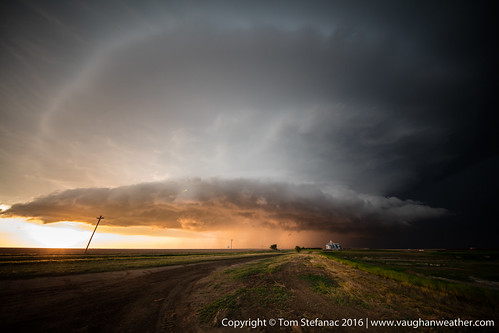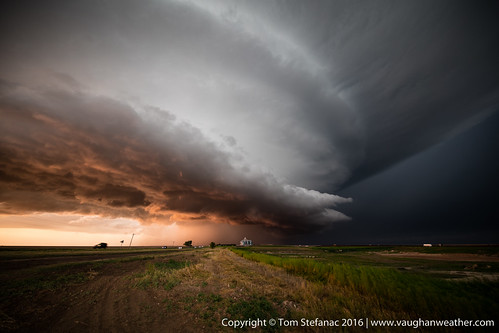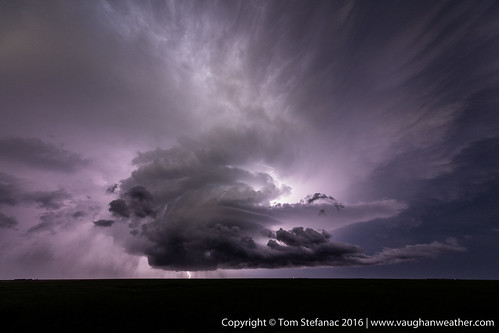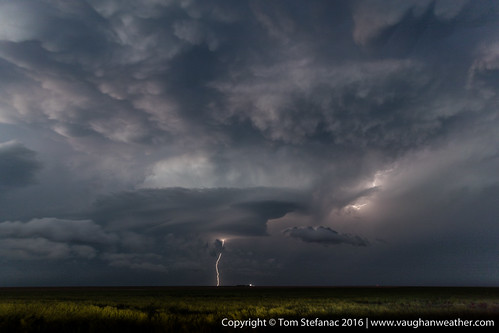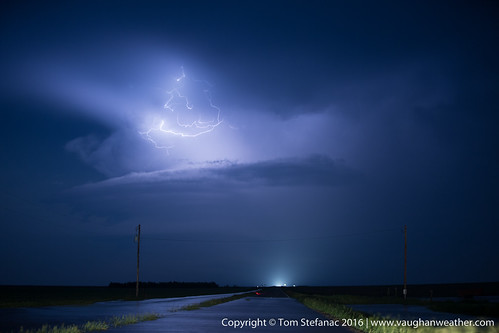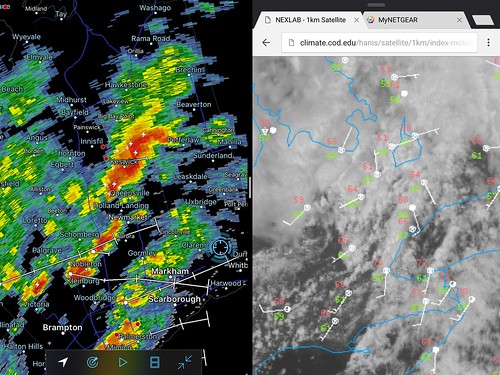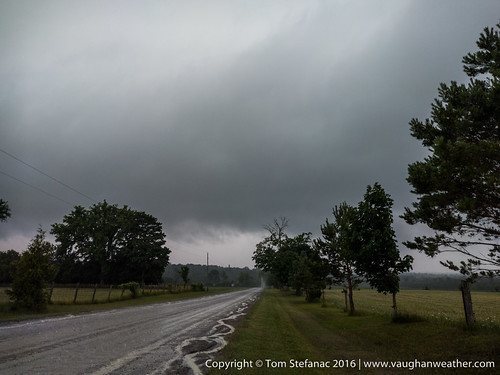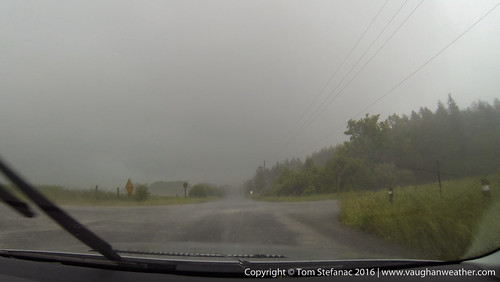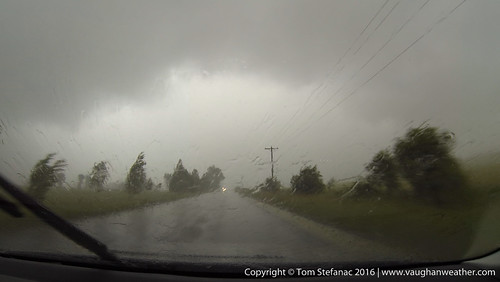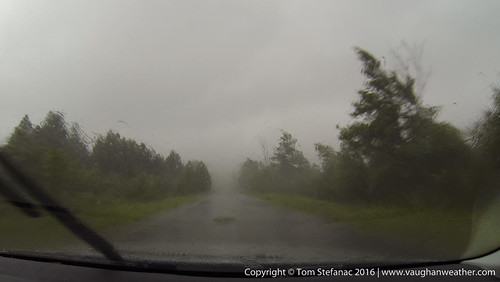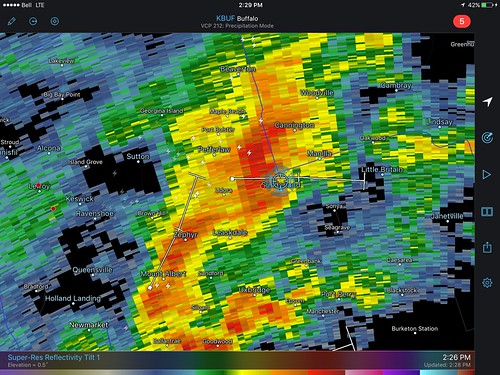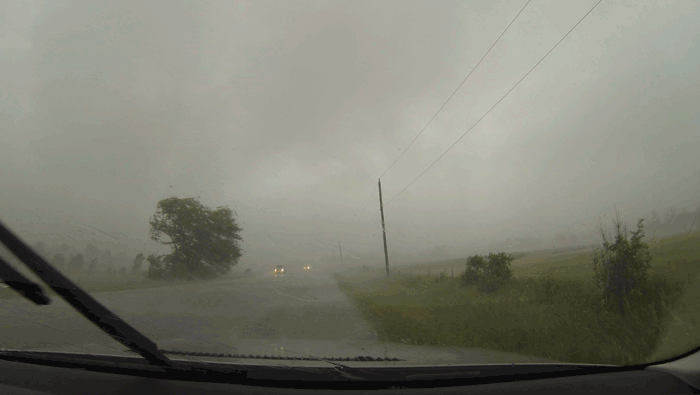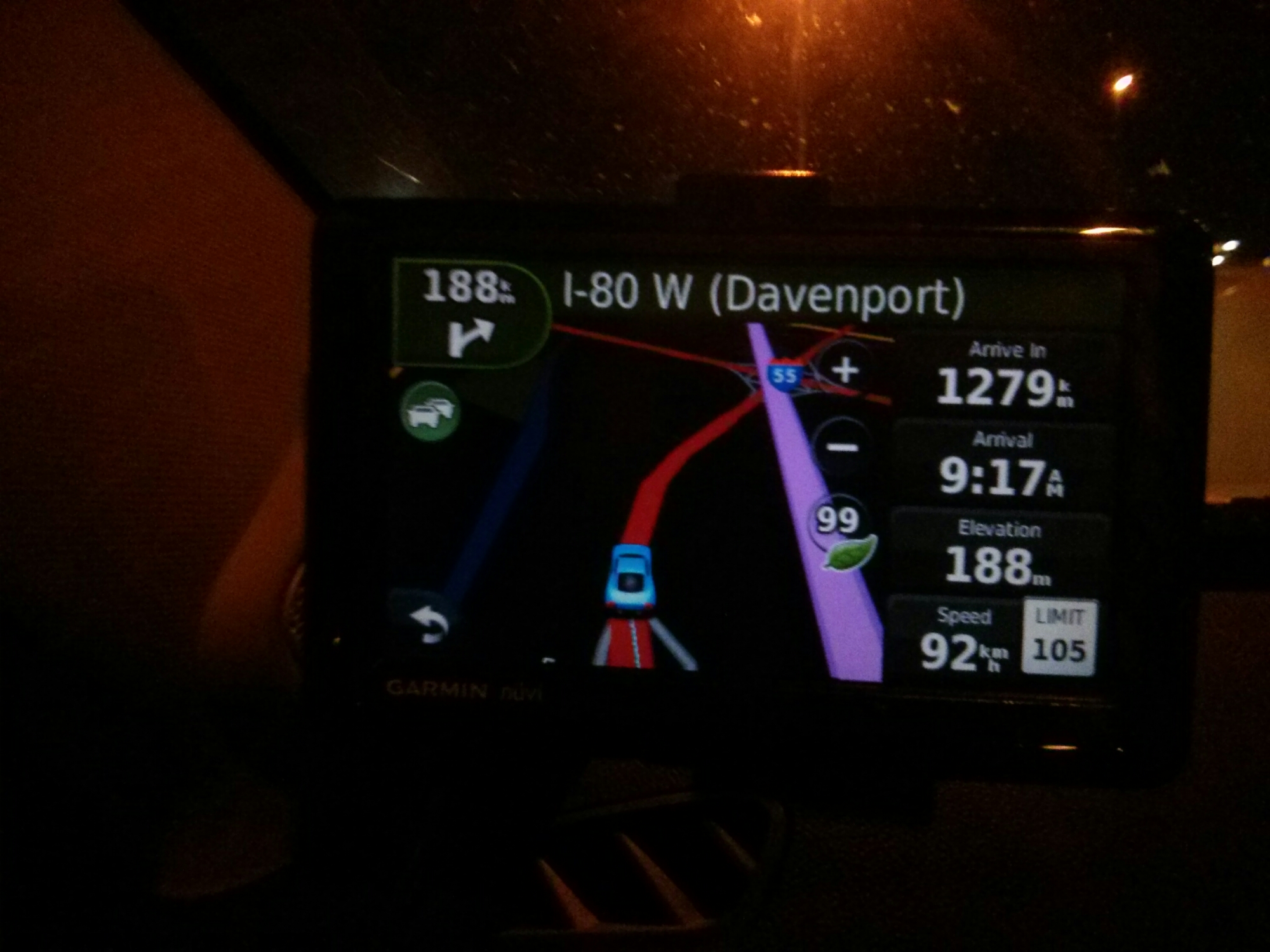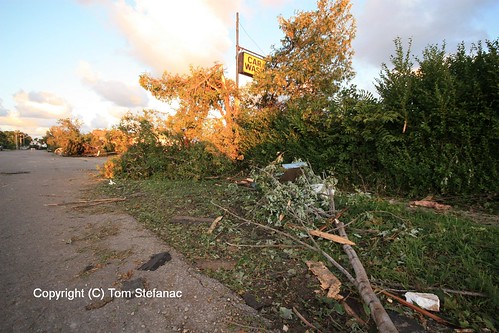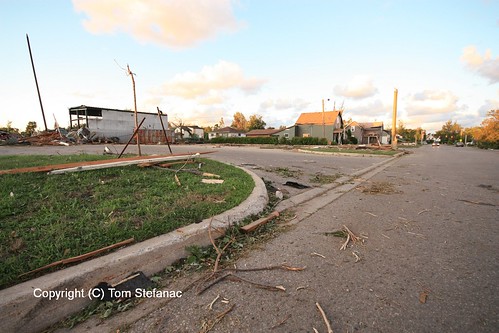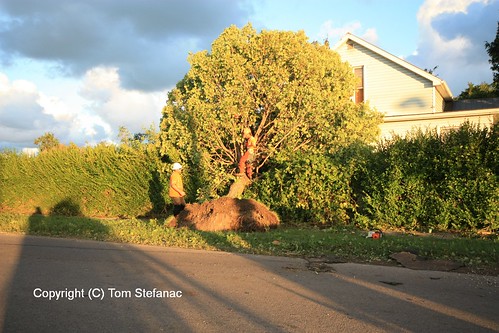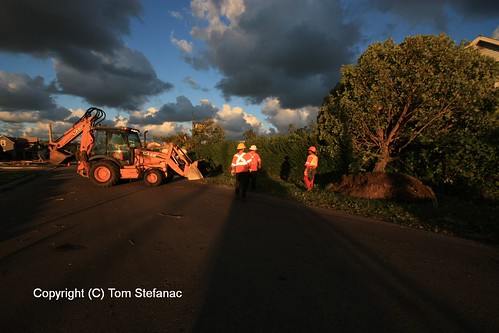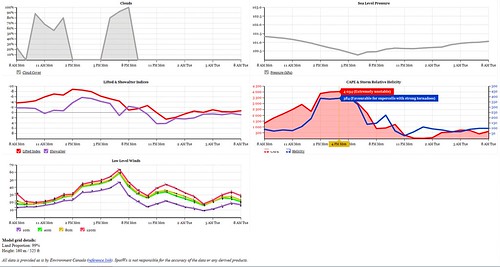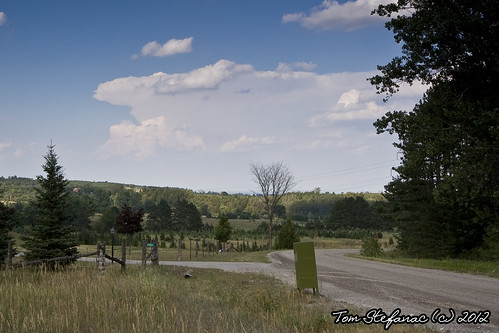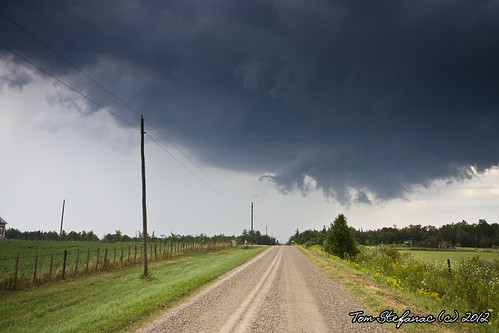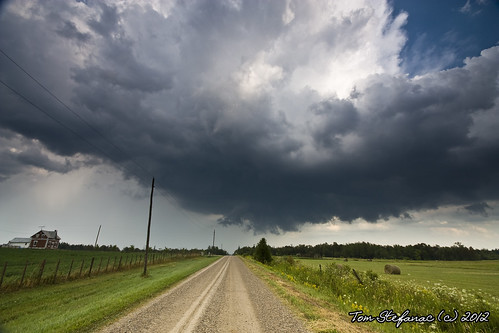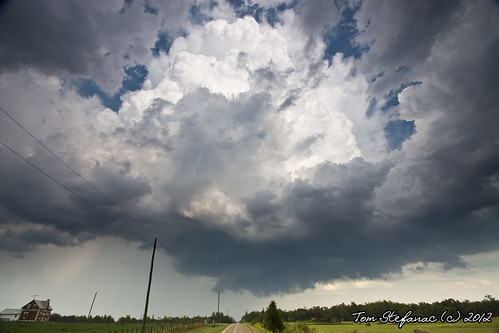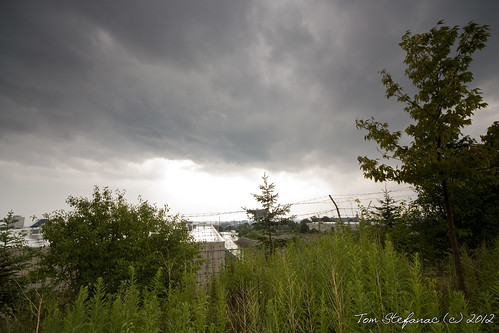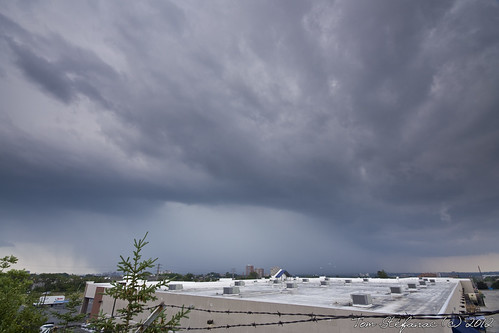Posts in Category: Uncategorized
The APRS RX-iGATE Problem
The receive only iGATE problem.
Today we live in a world full technology that simply did not exist when APRS was developed, in fact the simple TNC that is the driving force behind everything has evolved greatly. Today, TNC’s are more sensitive than they were years ago but the APRS system faces several problems.
Even though modern TNC’s are quite robust, they underutilize the available audio spectrum. If we look at systems such as VARA and Packet, they have a much broader range of sounds that are used to pass traffic. A TNC on the other hand has far fewer audio tones limiting the total throughput. These means there is virtually no error correction, whereas if the entire audio spectrum were used there would be the potential to fold error correction data into APRS signals. But this is a topic for another day.
The current APRS systems in two worlds, there is the traditional packet APRS system which is essentially RF data flowing through the air and hitting digipeaters, gateways and of course APRS stations which can be portable, mobile or fixed. Then there is the APRS-IS network which is the internet side of the APRS system.
Originally APRS was deigned to be an independent system, which it can still function as today, but of course it would be silly to not integrate the APRS RF system with the internet which is why we have the APRS-IS system. This is the means by which many modern iGATE’s and even Digipeaters send RF data to the APRS-IS network.
The idea behind digipeaters was that sites which had a great location (such a mountain top) would capture and repeat APRS signals until they made it to their desired destination. This system works but there are a few problems, in places where you have a substantial amount of traffic and few digipeaters, you can run into substantial bottlenecks and put individual digipeaters under enormous stress. Furthermore, if there is a break in the system, a gap that an RF signal cannot jump between sites, there is a potential break in the system. It is also highly inefficient to route traffic thousands of km away and around to get to a user when the most efficient means would be a straight line. So of course, the internet can take a substantial amount of strain off the RF side of the system and directly route packets to their destination.
But here in lies the problem. APRS was designed to be a two-way system, transmit and receive. Afterall, how in the world are you supposed to receive signals, messages and pass traffic otherwise?
Today we have a major problem growing with APRS, it is a combination of a lack of user understanding and the proliferation of cheap technology.
I recently heard a fellow ham mentioning he wanted to use a SDR and raspberry PI to create a RX only iGATE. We ended up having a great discussion about it, but this is a common recurring problem and misconception. The fellow ham was interested in mobile stations and helping to get them into the APRS-IS network not understanding that APRS is not APRS-IS.
Today depending on where you are, there is anywhere form a 3:1 ration to 11:1 or greater for receive only iGATE’s to those which are fully bi-directional. The problem is that this breaks what was once a fully bi-directional system.
As an example, let us say I want to send a packet message to a fellow ham several hundred km away. He is within range of a digipeater, and I am within range of both a digipeater and receive only iGATE. I send him the message from my radio, and he receives it. He then responds promptly responds. Now because my signal into the iGATE is stronger than that which made it to the digipeater, the RX iGATE takes preference as the gateway. Unfortunately, because it is receive only, it can’t transmit his response to me. My radio, waiting for a message received confirmation beacon decides the message has not gone through since there is no confirmation. So, it tries again and re-sends the message. Again, the RX only iGATE picks it up and sends it to my friend. He again responds. Of course, I never receive his response.
You can see how this is immensely problematic, if it is easier for me to get messages into the network than receive then we have a broken loop problem.
Unfortunately, many hams do not understand this and treat APRS as a one-way beacon system only worried about injecting data into the APRS-IS network when in fact it is not designed this way. The other argument I hear is that the iGATE’s fill in the gaps. This may be true if they acted like voters do in a commercial system and the TX-iGATE was several hundred watts, but that is not the case.
So, what is the solution? It is not simple, but there needs to be a filtering implementation where receive only iGATE’s look at the traffic to understand whether it is message traffic or not. These gateways can then flag message traffic in the APRS-IS system as received via RX only iGATE. Then the system would have to ignore any duplicate messages/retries. The system would have to be intelligent enough to force received beacon messages back through the system once the transmitting station is within range of a bi-directional gate or digipeater. Any responses to the original message would have to be held until this time and then pushed through until the designated recipient station send a confirmation that the response has been received.
As you can see the above is not easy to implement but is becoming necessary as the number of receive only gateways quickly outpaces those which are directional.
I would also strongly encourage hams to look at methods to build bi-directional gateways such as through utilizing a TinyTrak4, mono-band 2m radio and Raspberry PI. We do not need more receive only iGATE’s, we need more bi-directional systems, in fact APRS should really be a 100% bi-directional system as it once was.
So please consider this the next time you are thinking of setting up a receive only site.


July 1st 2016
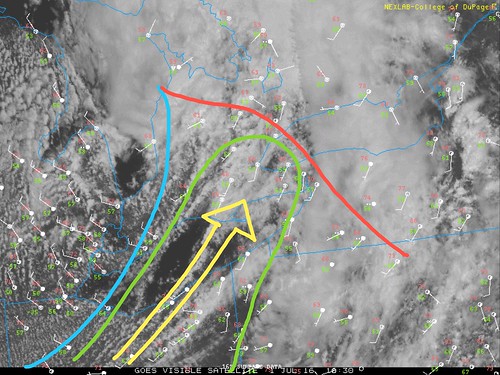
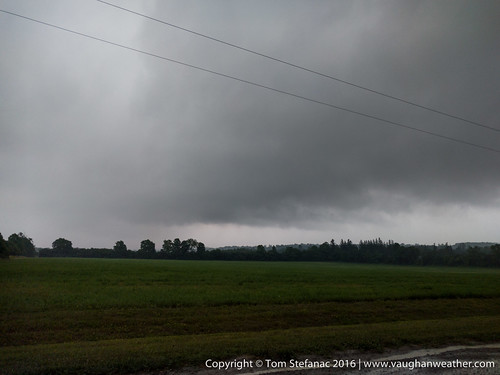
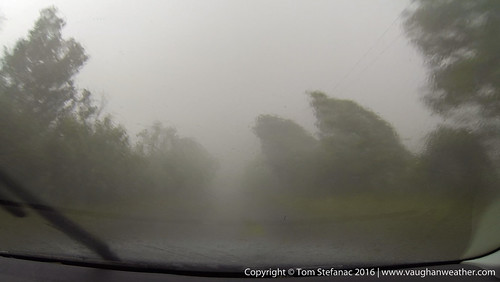
Here’s a gif loop showing the tornado crossing the road.
Two videos showing the tornado crossing the road.
May 17th 2014 – The Trip Down – Day 1
Well it was a long drive but I’ve managed to knock about 1200km off the trip out of 2200km total.
Tomorrow looks blah, only risk looks to be western Montana which is a little out of my current range. We’ll just have to position in Kansas for the Monday action.
We’re currently spending the night in Peru, IL. It’s a good landing spot, a relatively large town with a Verizon store. I’ll need to make a landing there tomorrow and pickup my WiFi hotspot. Did I mention the IHOP is walking distance?
Earlier in the evening Jen had her first real taste of the truckers life. She’s a bit of a picky eater so you can image she was a little out of her element, finding a healthy salad is harder when your driving long distances and hitting truck stops than you can image!
She was able to find some food at a buffet in Kalamazoo, MI but I’m sure it’ll become harder as we keep pushing west.
The GPS also had a bit of a hiccup, I guess after 1000km it decided the shortest distance was a straight line, even if it meant I had to drive off road and through buildings lol.
Stay tuned, we’ll be back on the road tomorrow morning!

